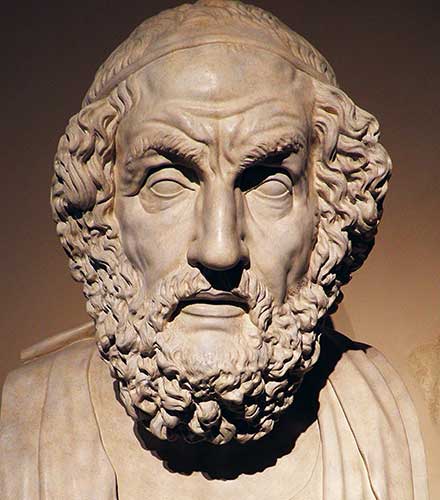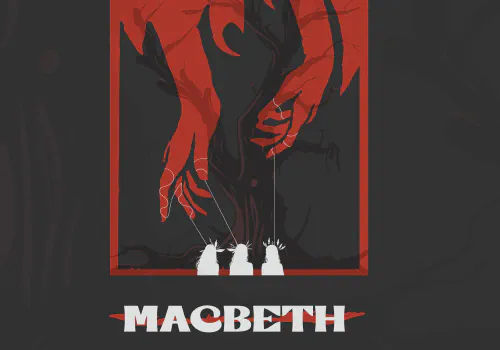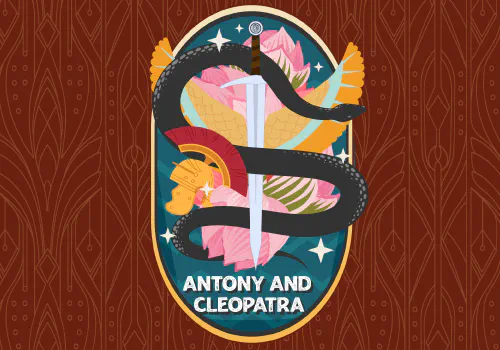The Iliad: Fact or Splendid Fiction?

By Kathryn Neves
Almost everyone knows the basic story: the beautiful Helen, Paris of Troy, strong Achilles, and noble Hector. We all know about the River Styx and the thousand ships and the Trojan Horse. But at the center of all this splendid storytelling is one question: did the Trojan War really happen? After all, for centuries people have called it nothing more than a myth—a story told to teach children the perils of war and greed and the all-consuming power of the gods. Did it happen, or was it only a story? There’s no way Homer’s poem is true, is there? Is there any fact at all to The Iliad?
Until the 1860s, the world was certain the story was only a myth—that is, until the work of Heinrich Schliemann, a German archaeologist with a passion for Greek mythology. Digging at the modern-day city of Hisarlik, Turkey, Schliemann made an amazing discovery. Hisarlik is not one city, but nine; all built on top of one another (Stefan Lovgren, “Is Troy True? The Evidence Behind Movie Myth,” National Geographic, May 14, 2004). The whole site was a treasure trove of history just waiting to be discovered. Though most of these ancient cities didn’t seem to have anything to do with Homer’s masterful poem, two did: the sixth and seventh oldest layers, now usually called Troy VI and Troy VII.
Troy VI certainly matched Homer’s description. Schliemann found evidence of fabulous wealth, strong architecture, and a fairly large population. It was full of temples and tributes to the gods and all sorts of other Homeric-looking artifacts. So there it is, right? Question closed? We found Troy? Well, no. There was one thing wrong with this city; it wasn’t destroyed by war. It was destroyed by an earthquake! There were no glorious battles between Hector and Achilles, but instead between tectonic plates. On the other hand, some argue that Homer’s text does point to an earthquake. The Trojan Horse could be a metaphor for Poseidon: he was associated with horses, after all, and he was the god of the seas and of earthquakes. Perhaps The Iliad’s end battle was all just a symbol of the natural forces of the earth (Lovgren).
Then again, there’s more evidence to be considered: Troy VII. To be fair, it did not really match Homer’s description. It wasn’t as big and wasn’t as wealthy. But the ancient ruins fit the time frame for the Trojan War; and, most importantly, it was destroyed in battle. Archaeologists have uncovered arrowheads, slings, battle-fallen corpses, and other evidence of warfare. It’s possible, then, that Homer combined the two cities, both VI and VII, into one: it makes a better story that way, after all.
Still, with some evidence on the war’s side, there’s a lot we know didn’t happen. First and foremost, Helen: it’s very unlikely that any conflict was started over her kidnapping. Now, that doesn’t make it impossible. There’s historical precedent for wars beings started over an insult to a king. But there just isn’t any evidence to prove this point (Lovgren). And the other characters are probably completely fictional as well. Achilles, Hector, Paris, and the rest are probably completely myth. Not to mention the supernatural elements like Zeus and the Underworld and Hades, all just traditions of ancient Greek religion.
And then there’s other theories as to how Troy VII was destroyed; it’s very possible that it was defeated by the “sea people,” who were from what is now Italy. We know they passed through at the right time, according to ancient Egyptian records. And we know they ransacked every city they passed through. So there are other explanations for the battle-torn Troy VII. It might not have been the Greeks at all.
All in all, we don’t really know what happened between the Trojans and the Achaeans—if anything. All the evidence is so time-worn and flimsy that we’ll probably never know the full story. Maybe The Iliad is fiction, maybe it’s fact, or maybe it’s some combination of both. But it doesn’t really matter. Homer’s The Iliad, and this season’s play An Iliad, capture the human condition; through it we see the agonies of war and the benefits of bravery and nobility. Even if every word of it is fiction, the characters and their struggles still ring true.
The Festival production of An Iliad









